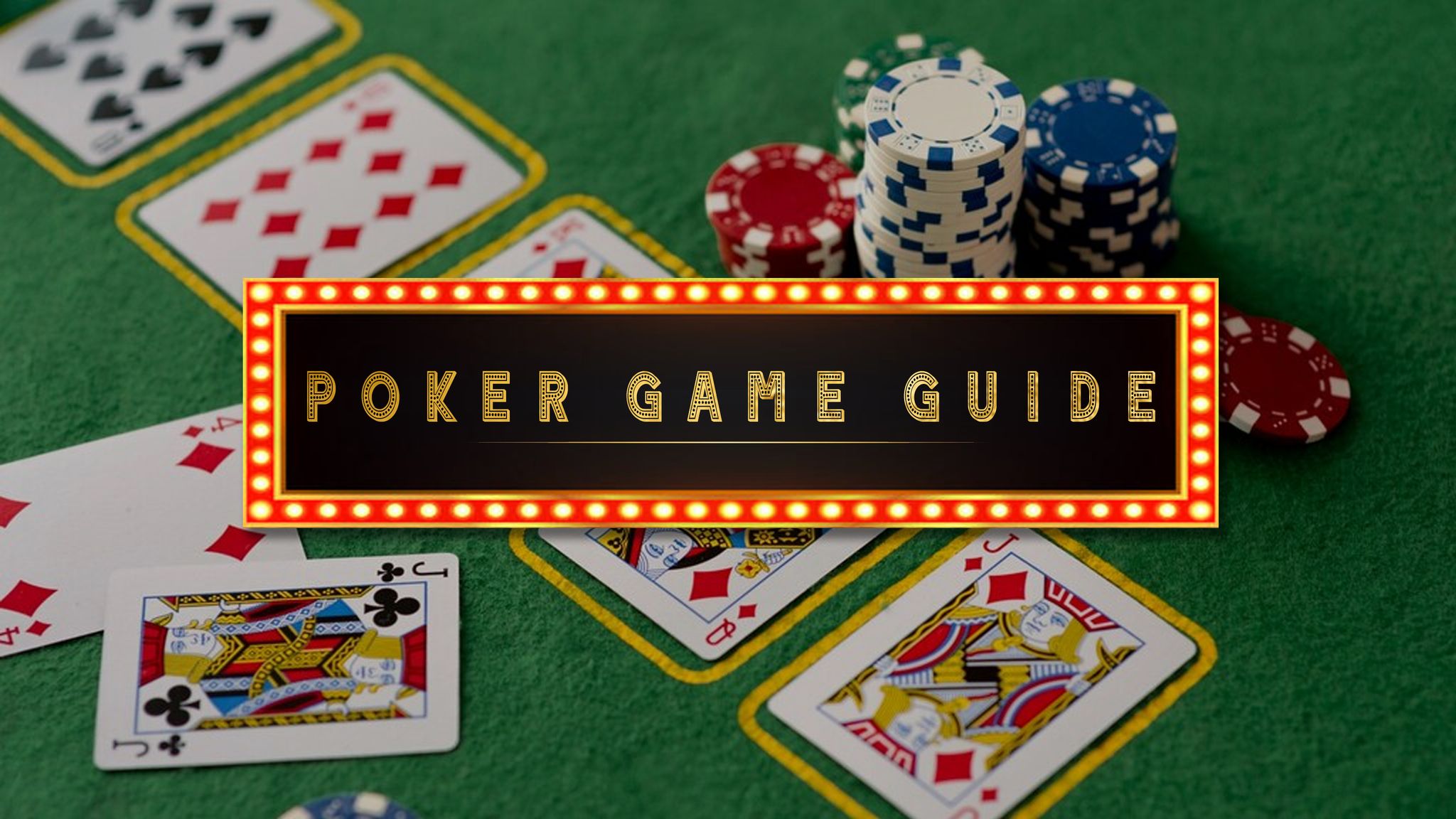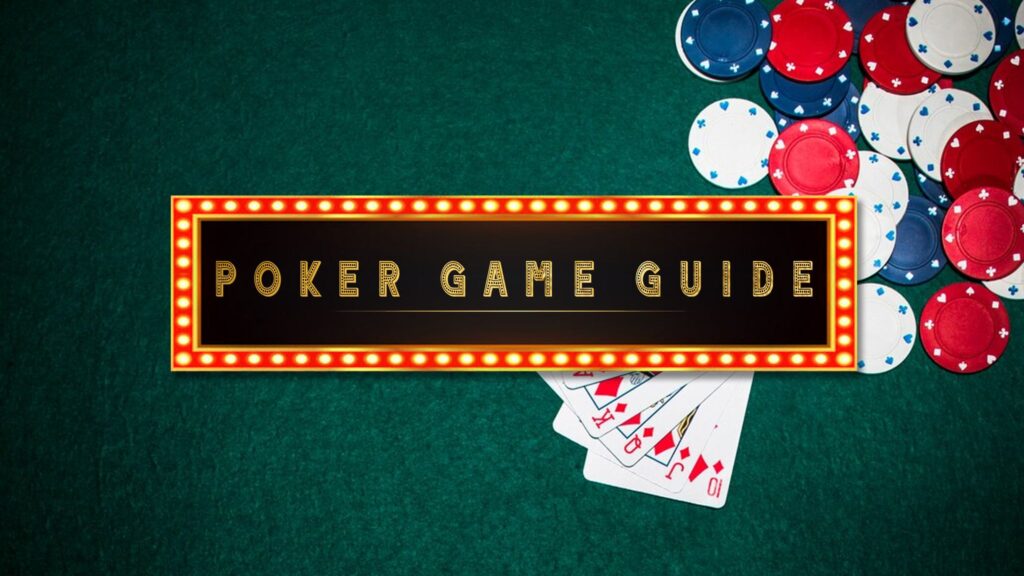
Picture this: You’re sitting at the Poker Game Guide table, and you glance down at your hole cards. There they are, the two aces – pocket rockets, bullets, and the strongest starting hand in Texas Hold’em. It’s a rush, an adrenaline kick, and you know you’ve got something special. But what do you do next? Pocket aces are more than just a great hand; they’re a canvas for advanced poker strategy. In this blog post, we’re going to explore the psychology, advanced tactics, and real-world examples that will take your pocket aces game to the next level.
Let’s start with the basics – what are pocket aces? Well, when you get those two aces in your starting hand, you’ve hit the jackpot. Statistically, it’s the best hand you can be dealt. But it’s not just about the stats; it’s about knowing how to play them right.
Pocket aces are rare, showing up only once in about every 221 hands. That rarity is part of what makes them so powerful. But to truly master pocket aces, you need to know how to make the most of that power while keeping your risk in check.
Now, let’s talk about the mental side of pocket aces. The moment you see those aces, it’s like a shot of adrenaline. But here’s the thing – you can’t let that excitement show. Poker Game Guide is a game of composure and strategy.
Controlling your emotions is key. Don’t let the rush of pocket aces make you give away your hand with a tell. Remember, patience is your ally here.
Even experienced players can stumble when they’ve got pocket aces. It’s important to know the common pitfalls so you can steer clear of them and maximize your chances of winning.
One big mistake is playing pocket aces too cautiously. You don’t want to scare your opponents away, but playing too timidly can cost you potential winnings.
On the flip side, going all-in too aggressively is another pitfall. You might end up risking your entire stack without properly assessing your opponents’ hands.
Finding the right balance between aggression and caution is the key. Your approach should be fluid, adapting to the situation, your opponents, and the table dynamics.

Let’s get into the nitty-gritty of advanced strategies tailored for pocket aces.
1. Raising Range
Instead of going all-in right away, consider mixing things up. Sometimes, just calling or limping in can be a smart move. It keeps your opponents guessing and can set up traps.
2. Bet Sizing
When it comes to pre-flop raises, the standard is about three to four times the big blind. But don’t be afraid to adjust that based on the situation. Your bet size should reflect the dynamics at the table and your opponents’ tendencies.
3. Keeping Them Guessing
One challenge with pocket aces is concealing their strength. Mixing up your playstyle and occasionally slow-playing your aces can add unpredictability to your Poker Game Guide.
Now, let’s talk about what to do after the flop hits the table.
1. Continuation Betting
It’s a standard move, but with pocket aces, you need to do it strategically. Evaluate the flop and your opponents’ likely hands before deciding on a continuation bet.
2. Slow Playing
There are situations where playing pocket aces slowly can pay off. By intentionally under-betting or checking with a strong hand, you might lure your opponents into the pot, setting up a bigger win on the turn or river.
3. Adapting to Your Opponents
Remember, not all poker players are the same. Some are tight and cautious, while others are loose and aggressive. Your strategy should shift based on your opponents’ styles. If someone’s playing tight, be more aggressive; if they’re loose, exercise caution.
One of the marks of an advanced player is the ability to read opponents effectively, and it’s crucial when you’re holding pocket aces.
1. Watch Their Reactions
Keep a close eye on your opponents when you reveal your pocket aces. Do they light up with excitement or remain indifferent? Their reactions can tell you a lot about their hands.
2. Analyze Betting Patterns
Pay attention to your opponents’ betting patterns. If someone suddenly becomes aggressive, it could mean they have a strong hand or are trying to bluff you out.
3. Consider Position and Table Dynamics
Take into account where your opponents are sitting and how the table is playing. Late-position players might try to steal pots, while early-position players are more likely to have strong hands. Adapt your strategy accordingly.
Tournament play adds complexity to using pocket aces effectively. Your chip stack, blind levels, and table position all come into play.
1. Chip Stacks
When your stack is short in a tournament, pocket aces become even more valuable. In this situation, you should aim to go all-in pre-flop to double up.
2. Blind Levels
As blinds increase, the value of winning pots without showdowns becomes crucial. Aggressive pre-flop raises with pocket aces can help you collect chips and maintain your stack’s worth.
3. Position Matters
In tournaments, your seat at the table can dictate your strategy. If you’re in an early position, make a strong raise to build the pot. In late position, you have more control over pot size and can manipulate your opponent’s actions.
While advanced strategies are essential, don’t forget about Poker Game Guide etiquette. How you handle your pocket aces can affect how others perceive you at the table.
1. Keep Your Cool
When you have pocket aces, don’t let your excitement show. Maintaining a neutral expression is not just a suggestion; it’s a rule. Don’t give away any hints about your hand.
2. Respect Your Opponents
Poker Game Guide is a social game, and respect for your opponents is vital. Avoid taunting or gloating when you win with pocket aces. Treat your fellow players with courtesy and sportsmanship.
To illustrate how these advanced strategies work in practice, let’s take a look at some famous Poker Game Guide hands involving pocket aces. We’ll break down these hands to show you how the principles we’ve discussed come into play in the real Poker Game Guide.
Remember, no amount of reading can replace actual practice. To truly master pocket aces, you need to apply these strategies in the real Poker Game Guide. Consider playing in low-stakes games or with friends to hone your skills and gain confidence.
Pocket aces are the crown jewels of poker hands, and mastering them takes time and dedication. By understanding psychology, avoiding common mistakes, and employing advanced strategies, you can elevate your pocket ace Poker Game Guide to a level that few achieve. Keep in mind that poker is a game of skill, and improvement comes with practice. So, the next time you’re dealt pocket aces, get ready to wield them like a Poker Game Guide pro and increase your chances of success at the table.

FAQ ( FREQUENTLY ASKED QUESTIONS )
Q1: Is pocket aces the best-starting hand in poker?
A1: Yes, pocket aces are statistically the strongest starting hand in Poker Game Guide, giving you a significant advantage.
Q2: How often can you expect to be dealt pocket aces?
A2: On average, pocket aces occur once in every 221 hands in Texas Hold’em.
Q3: Should I always raise with pocket aces?
A3: While raising is common, it’s important to vary your play occasionally to keep opponents guessing.
Q4: What are the common mistakes to avoid when playing pocket aces?
A4: Common mistakes include playing too passively, being overly aggressive, and failing to adapt to the table dynamics.
Q5: How can I read my opponents’ reactions when I have pocket aces?
A5: Watch for signs of excitement, indifference, or unusual behavior when you reveal your pocket aces.
Q6: What’s the best bet sizing for a pre-flop raise with pocket aces?
A6: The standard is typically three to four times the big blind, but adjust based on the table dynamics and opponents’ tendencies.
Q7: When should I consider slow-playing pocket aces?
A7: Slow playing can be effective when the flop favors your hand and you want to lure opponents into the pot.
Q8: What’s the key to successful pocket aces play in tournaments?
A8: In tournaments, adapt your strategy based on your chip stack, blind levels, and position at the table.
Q9: How can I maintain proper Poker Game Guide etiquette when holding pocket aces?
A9: Maintain a neutral expression to conceal your excitement and show respect for opponents, avoiding taunting or gloating.
Q10: What’s the best way to practice and improve my pocket aces game?
A10: Practice in real Poker Game Guide, consider low-stakes play, and continuously refine your strategies to become a master of pocket aces.